Neuronal Population Activity in Macaque Visual Cortices Dynamically Changes through Repeated Fixations in Active Free Viewing
- PMID: 37798110
- PMCID: PMC10591287
- DOI: 10.1523/ENEURO.0086-23.2023
Neuronal Population Activity in Macaque Visual Cortices Dynamically Changes through Repeated Fixations in Active Free Viewing
Abstract
During free viewing, we move our eyes and fixate on objects to recognize the visual scene of our surroundings. To investigate the neural representation of objects in this process, we studied individual and population neuronal activity in three different visual regions of the brains of macaque monkeys (Macaca fuscata): the primary and secondary visual cortices (V1, V2) and the inferotemporal cortex (IT). We designed a task where the animal freely selected objects in a stimulus image to fixate on while we examined the relationship between spiking activity, the order of fixations, and the fixated objects. We found that activity changed across repeated fixations on the same object in all three recorded areas, with observed reductions in firing rates. Furthermore, the responses of individual neurons became sparser and more selective with individual objects. The population activity for individual objects also became distinct. These results suggest that visual neurons respond dynamically to repeated input stimuli through a smaller number of spikes, thereby allowing for discrimination between individual objects with smaller energy.
Keywords: object recognition.
Copyright © 2023 Yamane et al.
Conflict of interest statement
The authors declare no competing financial interests.
Figures
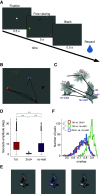
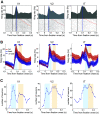


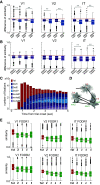
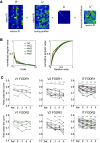
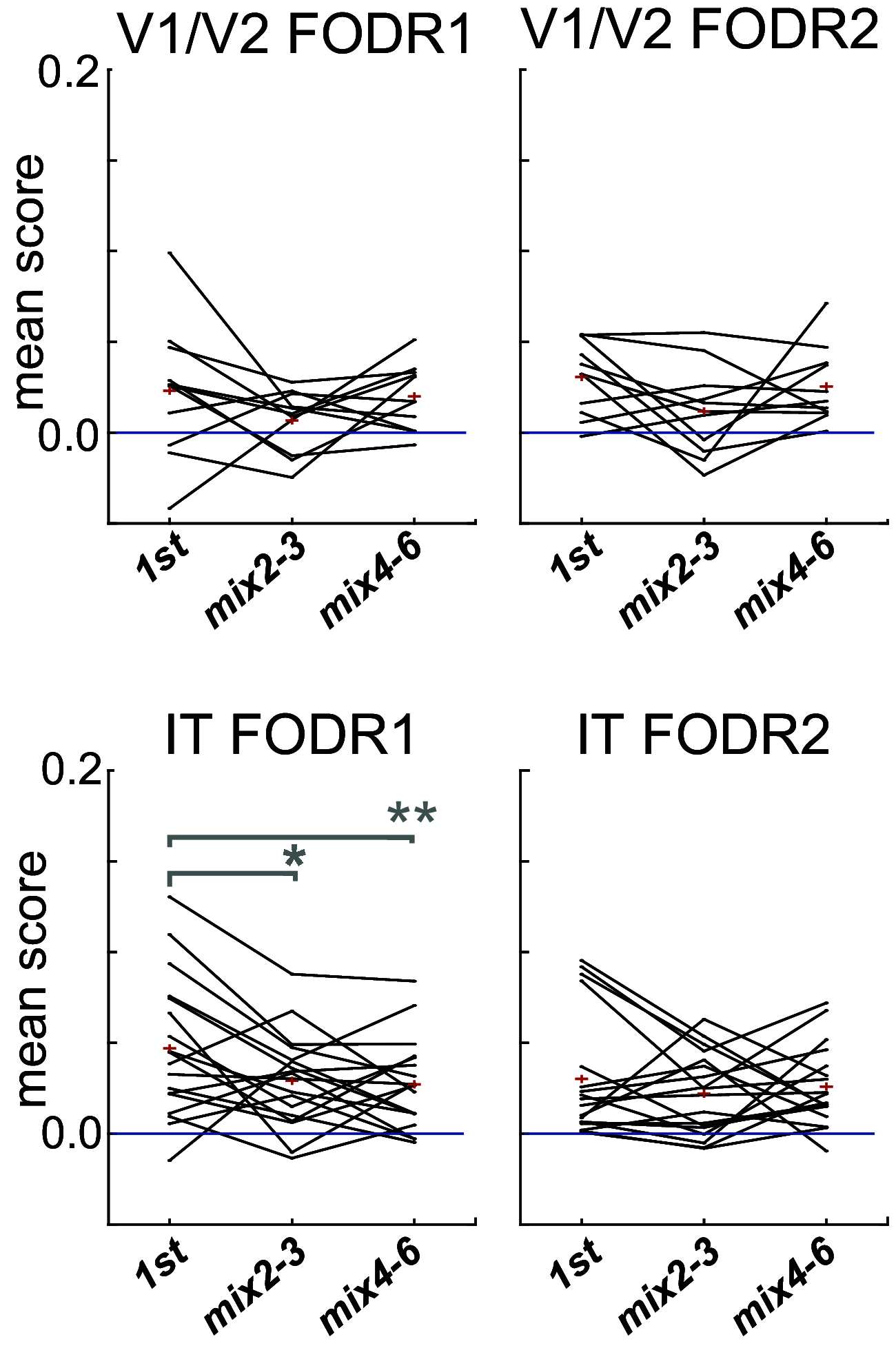
Similar articles
-
Adaptation of the inferior temporal neurons and efficient visual processing.Front Behav Neurosci. 2024 Jul 26;18:1398874. doi: 10.3389/fnbeh.2024.1398874. eCollection 2024. Front Behav Neurosci. 2024. PMID: 39132448 Free PMC article. Review.
-
Neuronal and Behavioral Responses to Naturalistic Texture Images in Macaque Monkeys.J Neurosci. 2024 Oct 16;44(42):e0349242024. doi: 10.1523/JNEUROSCI.0349-24.2024. J Neurosci. 2024. PMID: 39197942 Free PMC article.
-
Form representation in monkey inferotemporal cortex is virtually unaltered by free viewing.Nat Neurosci. 2000 Aug;3(8):814-21. doi: 10.1038/77722. Nat Neurosci. 2000. PMID: 10903575
-
'Real-motion' cells in visual area V2 of behaving macaque monkeys.Exp Brain Res. 1988;69(2):279-88. doi: 10.1007/BF00247573. Exp Brain Res. 1988. PMID: 3345807
-
Involvement of single unit activity in inferotemporal and perirhinal cortices in recognition memory of visual objects in the macaque.Acta Neurobiol Exp (Wars). 2000;60(2):219-26. doi: 10.55782/ane-2000-1342. Acta Neurobiol Exp (Wars). 2000. PMID: 10909180 Review.
Cited by
-
Adaptation of the inferior temporal neurons and efficient visual processing.Front Behav Neurosci. 2024 Jul 26;18:1398874. doi: 10.3389/fnbeh.2024.1398874. eCollection 2024. Front Behav Neurosci. 2024. PMID: 39132448 Free PMC article. Review.
-
Safe Administration of Immunosuppression in Japanese Monkeys: Relevance to Preclinical Xenotransplantation Studies.Cell Transplant. 2025 Jan-Dec;34:9636897251322295. doi: 10.1177/09636897251322295. Epub 2025 Mar 13. Cell Transplant. 2025. PMID: 40079906 Free PMC article.
References
Publication types
MeSH terms
LinkOut - more resources
Full Text Sources
